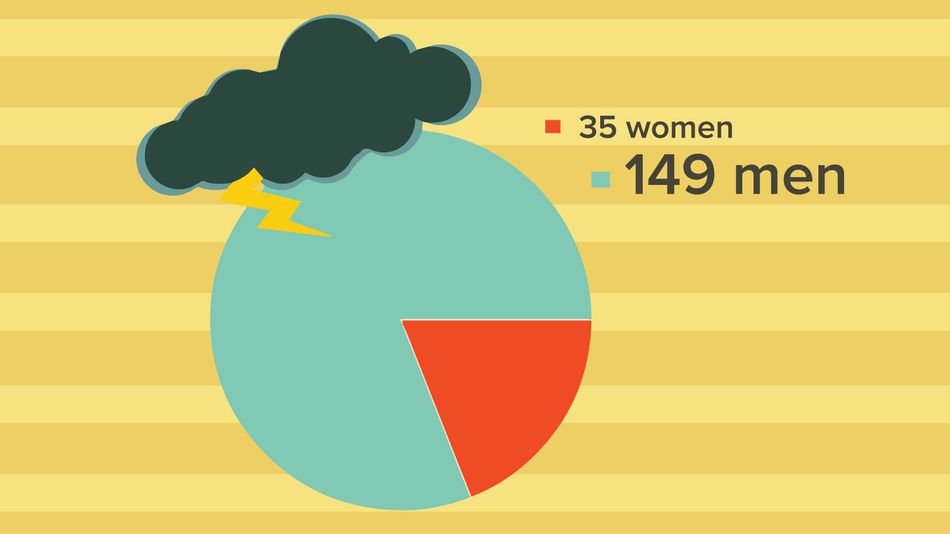by
_____
Who makes the news – the interviewer or the interviewee?
In this overheated election season, Gina Glantz is drawing our attention to the interviewers, the analysts and pundits who play such a powerful role in setting the agenda and shaping public opinion.
Glantz is the founder of GenderAvenger, a non-profit founded in 2014 that focuses on gender balance in the public dialogue. That includes everything from news pundits and experts quoted in the media, to panels and conferences, to “top lists” – anywhere that opinions are expressed, views are aired, expertise is shared, and accomplishments rewarded. In all these places, women have historically been underrepresented or invisible.
GenderAvenger tracks the numbers and sends out weekly social media alerts. The goal is to heighten public awareness of the gender disparity and put pressure on the organizers and producers to add more women.
Last March, Glantz and her team launched the Who Talks? initiative that focuses on the presidential race and the political analysts on the top-rated cable shows on CNN, Fox News and MSNBC. They partnered with the Center for American Women and Politics at Rutgers to keep track of their findings and the Women’s Media Center to promote the results.
Last week, Who Talks? paid special attention to the hour of coverage immediately following the second presidential debate on October 9.
For the first time during this election season, CNN and Fox News both came in with averages of 42% and 43% respectively for appearances by women analysts. CNN featured 10 women out of 24 commentators, and Fox News had 6 out of 14.
That was especially promising for Fox News, whose shows The Kelly File and Fox & Friends have consistently ranked among the lowest for gender representation throughout the project.
MSNBC came in lowest for the night with a mere 22% – or only 4 women out of 18 commentators during that first hour.
Glantz and her GenderAvenger team encourage the public to join their campaign and call out examples of imbalance throughout the year – not just during this election season – by using a downloadable “Tally App” that, with the push of a button, generates pie charts that clearly illustrate gender ratios.
They also created the Male Pledge, which commits the signer to decline appearances on panels where there are no women. Sen. Bob Casey (D-Pa.) and Container Store founder Garrett Boone are among the signers.
Glantz, a onetime political campaign and union organizer, is a former lecturer at the Joan Shorenstein Center on the Press, Politics and Public Policy at Harvard.
One insight from this work, she says, is that programs and panels that start with low female representation have a steep hill to climb.
“To catch up, you have to add a lot of women,” she says. “That means you have to either increase the number of analysts, or have fewer men – or at the very least add no new men.” And that, she says, is hard.” Most shows “just won’t do it.”
But Glantz believes change is coming.
“I think this is an important moment around women’s roles and leadership,” she says. “Women have been liberated by social media to make their point of view known. They no longer have to be shouting at their televisions. Now they can shout out loud in the public arena.”
© Copyright 2016
________________________________
Want to talk? Reach me at dana@danarubin.com

